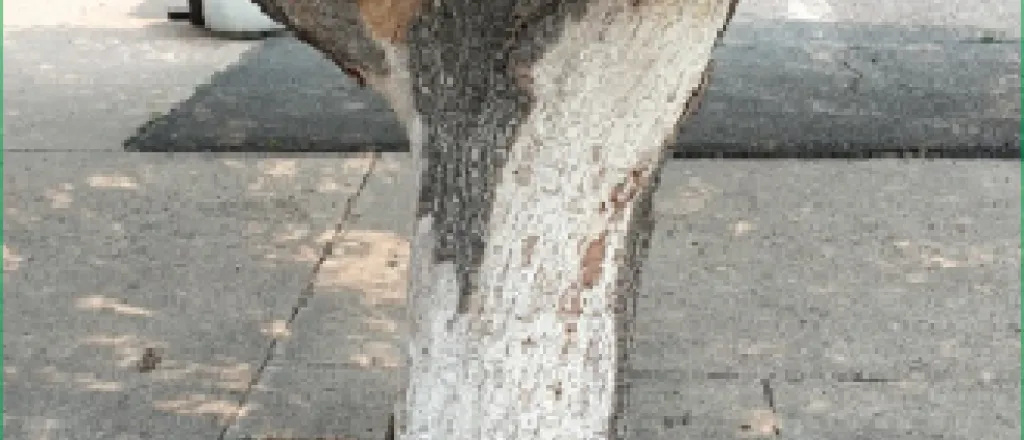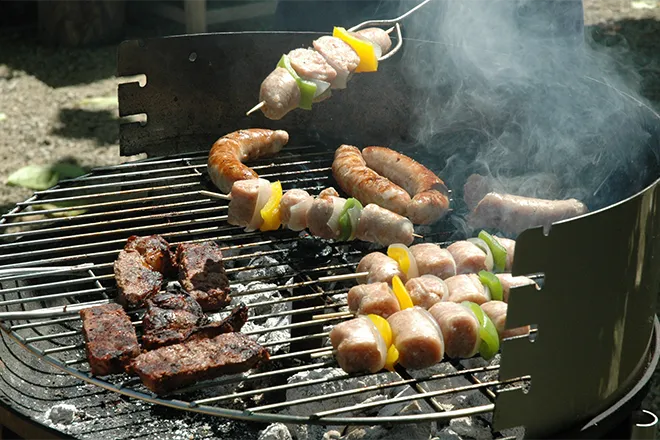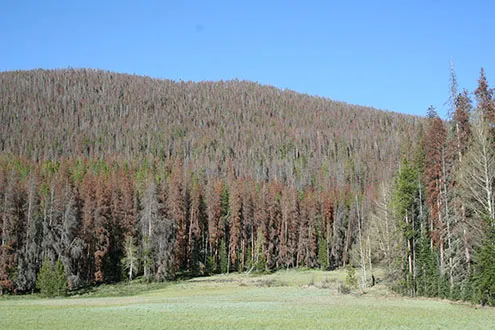
Late Winter is the Best Time to Prune Trees
Late winter, from February through early March, is the best time to prune most trees. Trees are still dormant at this time of year and, unlike in early winter, wound closure will be rapid if pruning occurs just prior to the time new growth emerges.
“Pruning trees during the late dormant season reduces impacts on tree health, and builds a strong structure for our community trees in the long term,” said Keith Wood, community forestry program manager for the Colorado State Forest Service. Wood says that although some elms, maples, birch and walnut trees may visibly exude sap if pruned in the late winter or early spring, this should not harm the tree.
The CSFS offers the following tree pruning tips:
- Know what you want to accomplish before you saw. Don’t remove any branches without a reason.
- Remove any torn, dead or broken branches.
- Try to develop or maintain one dominant vertical top stem, or leader, and don’t cut off the tops of trees.
- Space the main branches along the trunk, and prevent branches below the permanent canopy from growing upright or too large.
- Always prune just outside the branch collar – the point where one branch leaves a larger one (or the trunk), often discerned by raised or wrinkled bark.
- Limit pruning of newly planted trees to the removal of dead, damaged or crossing limbs, or those interfering with the main stem.
- Avoid removing more than 25 percent of a tree’s branches in any one year.
- Consider recycling pruned limbs by having them ground into mulch.
If a job requires running a chainsaw overhead or removing large branches or entire trees, Wood says it is best to contact an insured, certified arborist. A list of these professionals can be found at http://www.isa-arbor.com. For more information about urban tree care, go to www.csfs.colostate.edu.

















